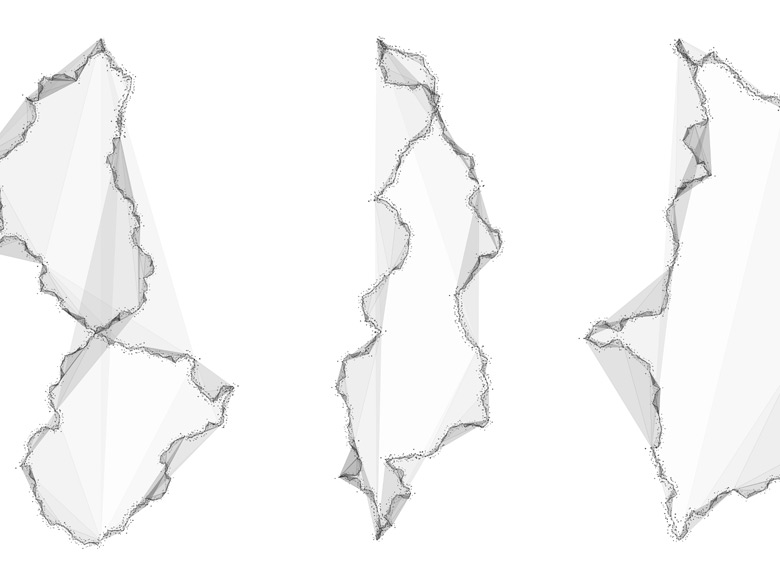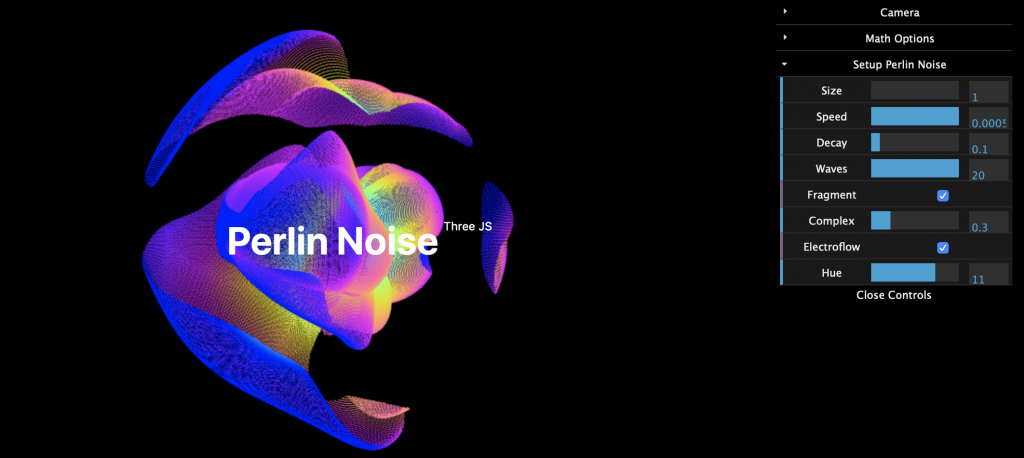After briefly touching on Perlin noise in class, I was curious to explore more and see the applicability of it in a more creative sense and quickly found that it can also be applied as a computationally randomized art design.
To start, Perlin noise was actually originally created to add realistic randomness to visual renderings of elements such as fire, smoke, and water. The inventor, Ken Perlin, created it for use in Tron, and actually won an Academy Award for the discovery and application.
The algorithm itself aims to create smoother transitions between numbers by interpolating and returning random numbers in between them. This “noise” function can also be applied in both 2D and 3D, hence creating applicability with lines and modelled objects.


Some applications of Perlin noise can also go beyond the typical use, such as these 2D line art pieces by Holger Lippman, which simulates various landscape images based off of different Perlin noise-algorithms that are used.

![[OLD FALL 2020] 15-104 • Introduction to Computing for Creative Practice](../../../../wp-content/uploads/2021/09/stop-banner.png)





